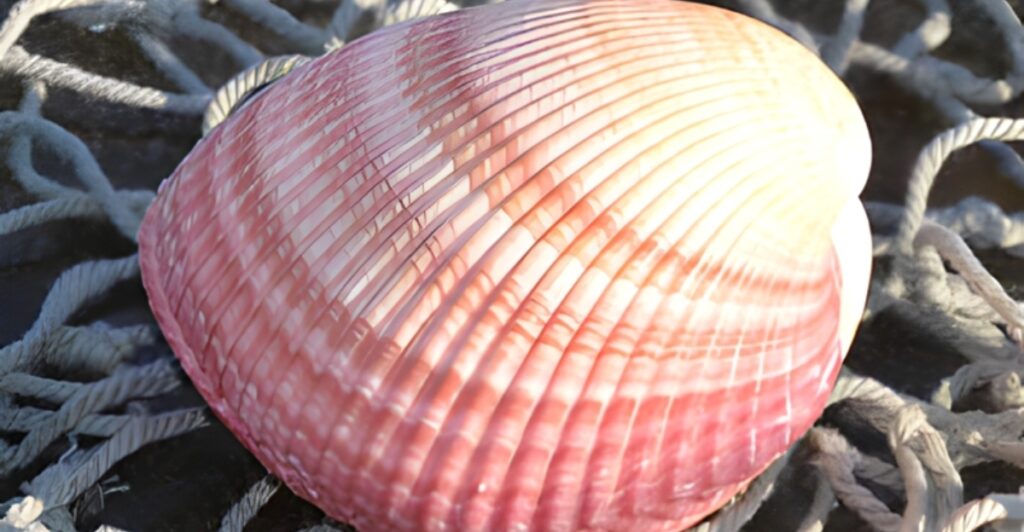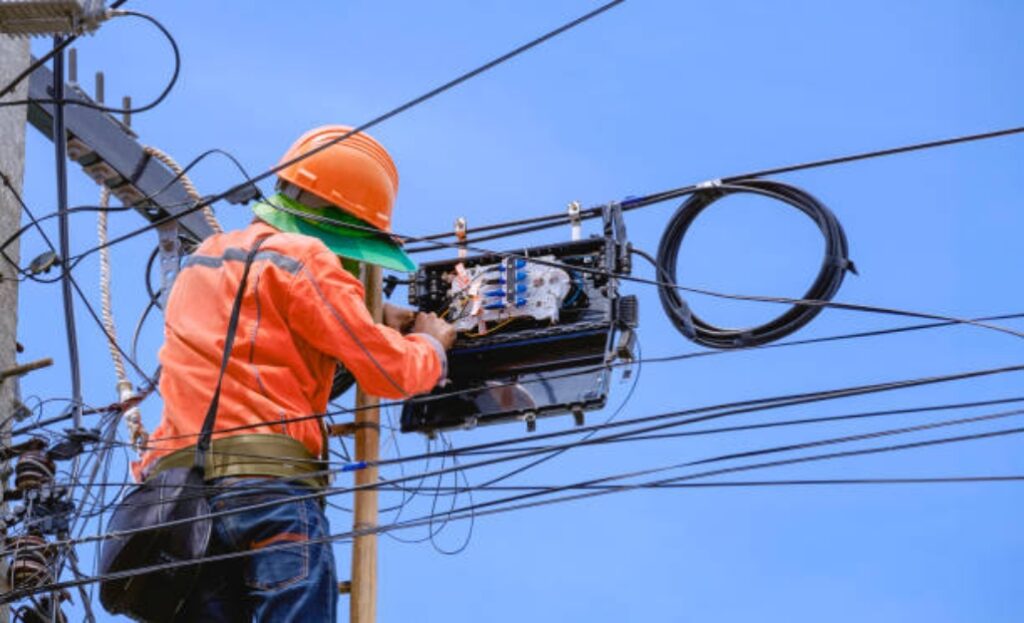
Seashells, particularly those from mollusks like abalones and conches, are renowned for their durability and resilience. Their intricate internal structures consist of microscopic layers of calcium carbonate, arranged in a way that reflects and refracts light with incredible efficiency. This unique formation is now being studied as a blueprint for creating fiber optic cables that could outperform existing silicon-based technologies.
A Natural Alternative

In an era where digital connectivity has become as vital as electricity, the relentless quest for faster and more sustainable internet solutions has led scientists to an unexpected pioneer: the natural world. Researchers are now looking at silk fibers spun by spiders and silkworms as potential materials for the next generation of fiber optic cables. These biological marvels offer surprising advantages over conventional silica-based fibers, pushing the boundaries of what’s possible in internet technology.
Silk’s Superpower: Strength and Flexibility

Silk fibers have long been admired for their incredible tensile strength and flexibility. For centuries, silk has been used in textiles, but its application in technology is a relatively recent innovation. The natural composition of silk allows it to carry light signals with minimal loss, a fundamental requirement for fiber optic cables. Dr. Fiona Park, a material scientist at MIT, explains: “Silk’s molecular structure has the potential to outperform synthetic materials in data transmission while being eco-friendly.”
Real-Life Applications Already in Progress

The integration of silk-based fiber optics isn’t just theoretical. In 2023, researchers at Tsinghua University in China successfully developed a prototype cable using spider silk, demonstrating its ability to transmit data at speeds comparable to conventional fiber optics. The pilot project was tested in a small rural village where traditional fiber installation costs were prohibitive. The results? Faster speeds, lower costs, and significantly less environmental impact.
Solving Environmental Challenges

Traditional fiber optic cables, while efficient, come with a significant environmental cost. Manufacturing silica fibers requires high energy inputs and generates considerable waste. Moreover, the disposal of old cables contributes to electronic waste, a growing global problem. Silk fibers, on the other hand, are biodegradable and sustainable, breaking down naturally without leaving harmful residues. This makes them an attractive solution for countries and companies looking to meet carbon-neutral goals.
Aiding Remote Communities

Beyond sustainability, silk fiber optics could revolutionize internet access in remote areas. In the Amazon rainforest, where dense vegetation makes traditional infrastructure challenging, Brazilian researchers are experimenting with silkworm fiber optics to connect isolated communities. These fibers, light and easily transportable, can be deployed with minimal disruption to the environment.
Addressing Cost Barriers

The production costs of spider and silkworm silk have traditionally been a barrier to widespread adoption. However, advances in synthetic biology and genetic engineering are helping to scale production. Companies like Bolt Threads are already producing lab-grown silk for textiles, and similar techniques could be adapted to produce the quantities needed for fiber optics. Dr. Park highlights: “We are not far from a future where lab-grown silk becomes a cost-effective alternative to silica.”
Faster Speeds on the Horizon

Current fiber optics already provide impressive data transmission speeds, but silk-based fibers have the potential to push the limits even further. Due to their unique light-carrying properties, silk fibers could enable speeds up to 100 times faster than today’s best technology. Imagine downloading a full-length HD movie in less than a second or streaming virtual reality content with zero lag.
Corporate Interest and Investment

The tech industry is taking notice. Major players like Google and AT&T are exploring partnerships with universities and biotech firms to develop silk fiber networks. “We see this as the next frontier,” said John Peterson, a senior engineer at Google. “The ability to deploy faster, greener internet aligns perfectly with our long-term vision for connectivity.”
Challenges to Overcome

Despite its promise, silk fiber optics face challenges. The fragility of natural fibers compared to silica means they require specialized coatings to protect them during installation and operation. Additionally, scaling production to meet global demand is a complex task that will require significant investment and innovation.
Inspiration from the Past

This isn’t the first time nature has inspired technological breakthroughs. The design of bullet trains was inspired by the kingfisher bird’s beak, while Velcro mimics the hooks found on plant burrs. Silk-based fiber optics follow in this tradition, proving that some of the most sophisticated technologies have their roots in the natural world.
A Vision for the Future

As the world becomes increasingly dependent on digital infrastructure, the need for sustainable, high-performance materials will only grow. Silk fiber optics offer a tantalizing glimpse into a future where internet technology is not only faster but also in harmony with the planet.
Nature’s Gift to Connectivity

The discovery of silk as a viable medium for fiber optics is a testament to the untapped potential of nature. With further research and investment, silk fiber optics could become the backbone of a new era in internet innovation—one that balances technological advancement with environmental stewardship. From remote villages to bustling metropolises, the promise of faster, greener internet is closer than ever.
Stay connected with us for more stories like this! Follow us to get the latest updates or hit the Follow button at the top of this article, and let us know what you think by leaving your feedback below. We’d love to hear from you!







